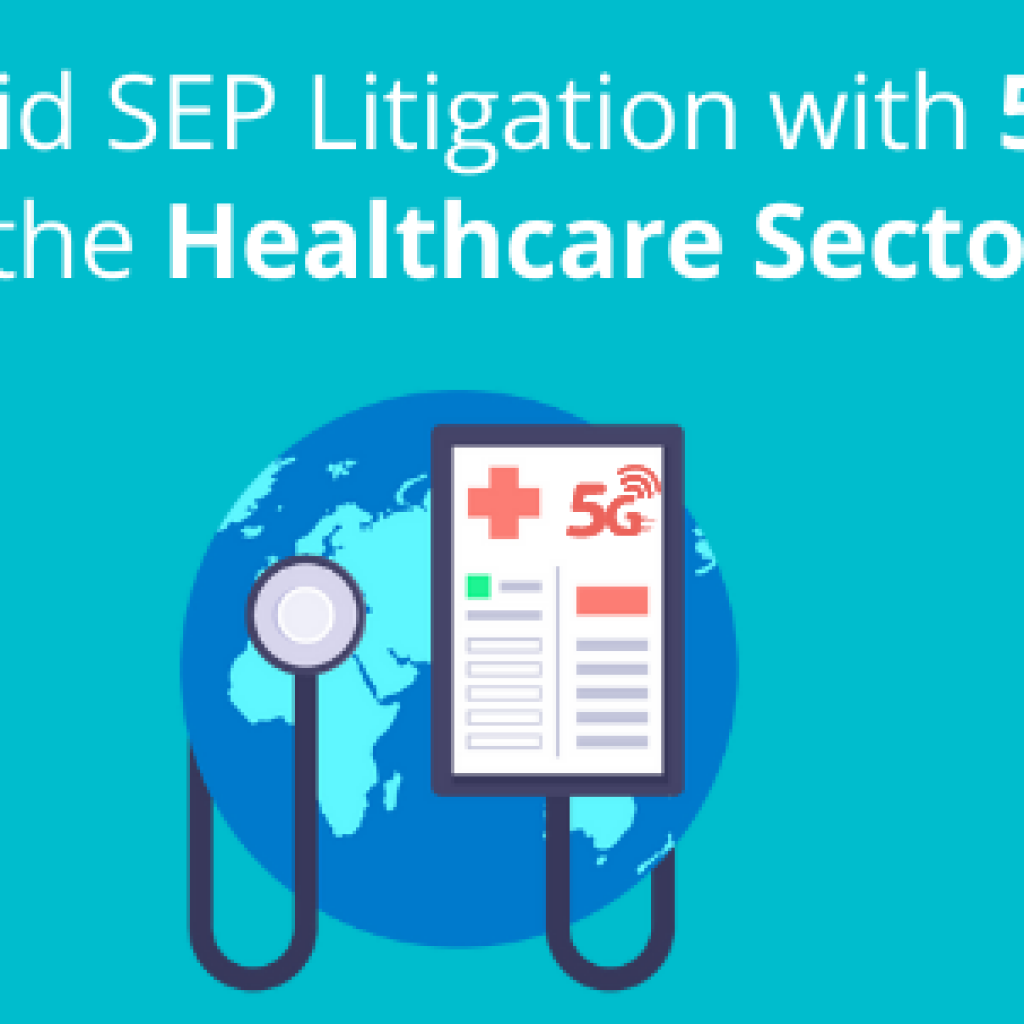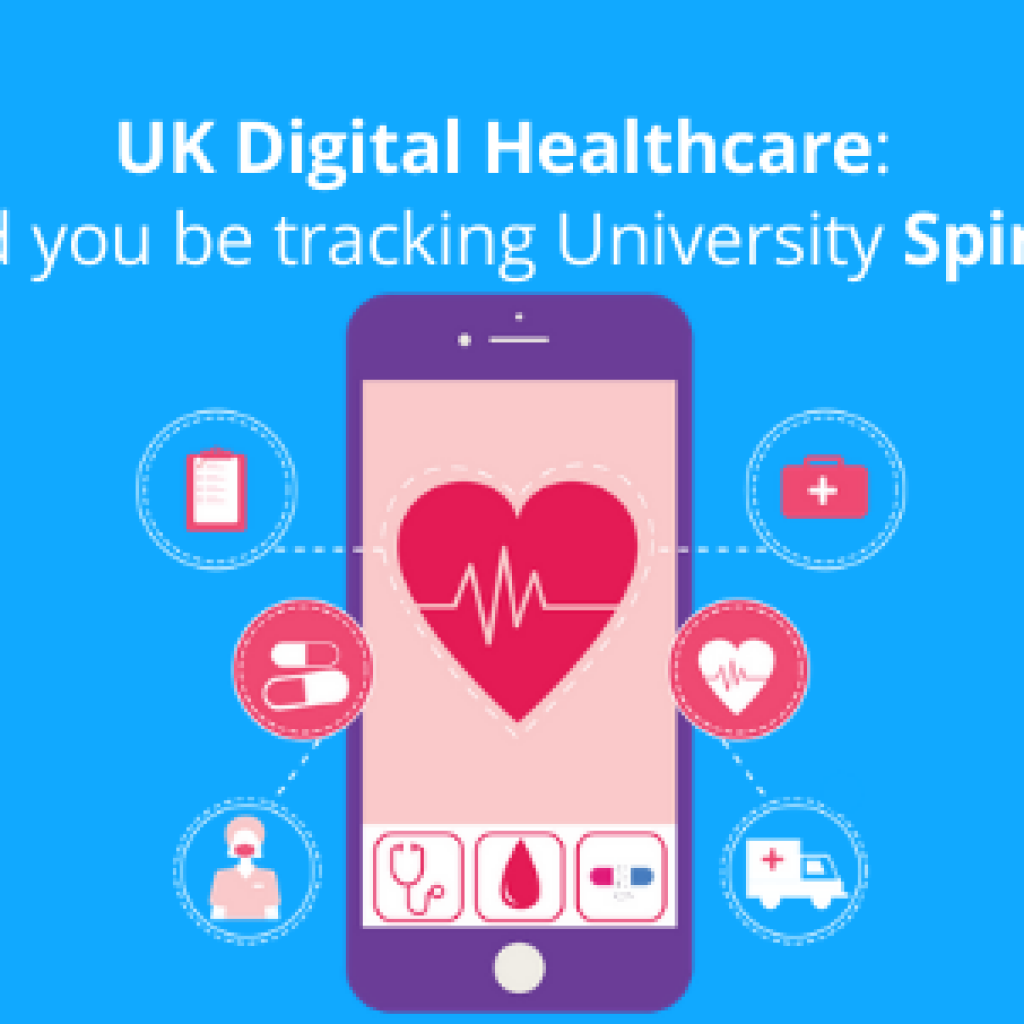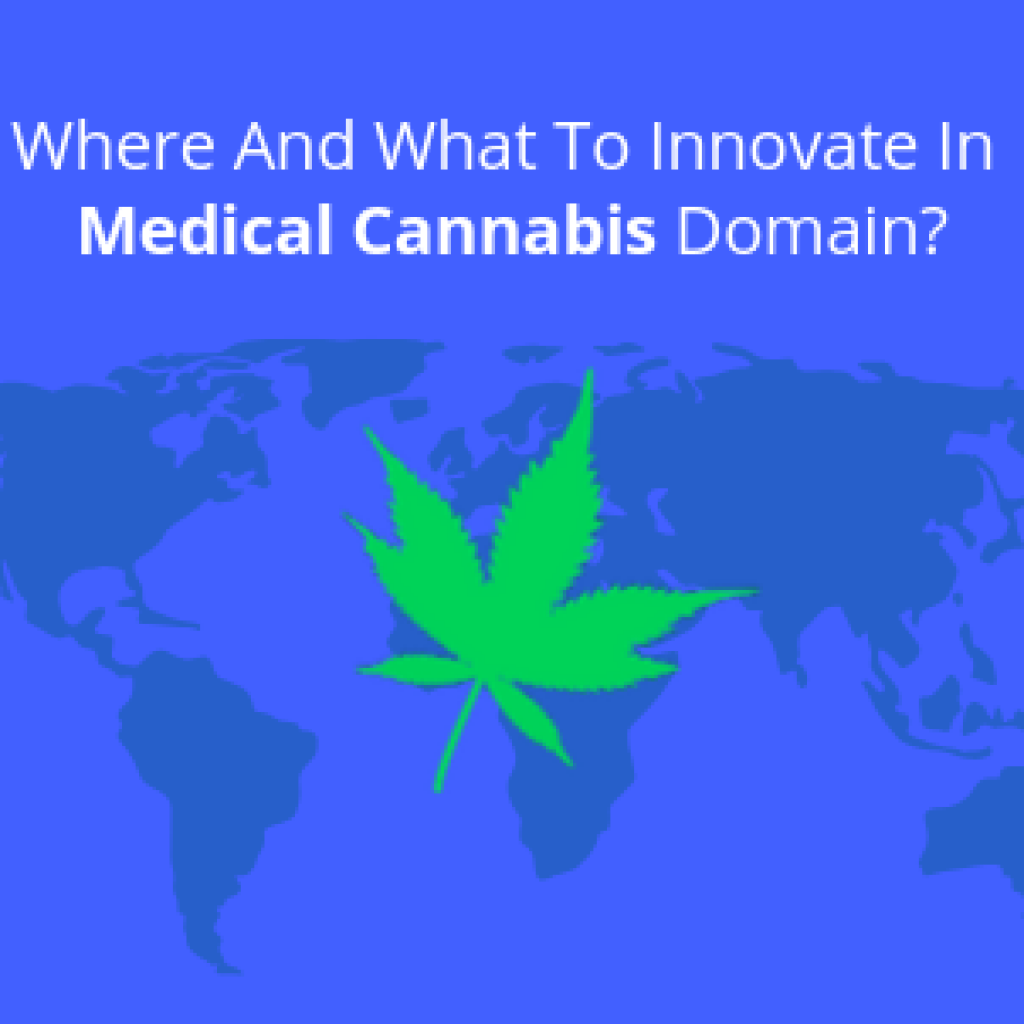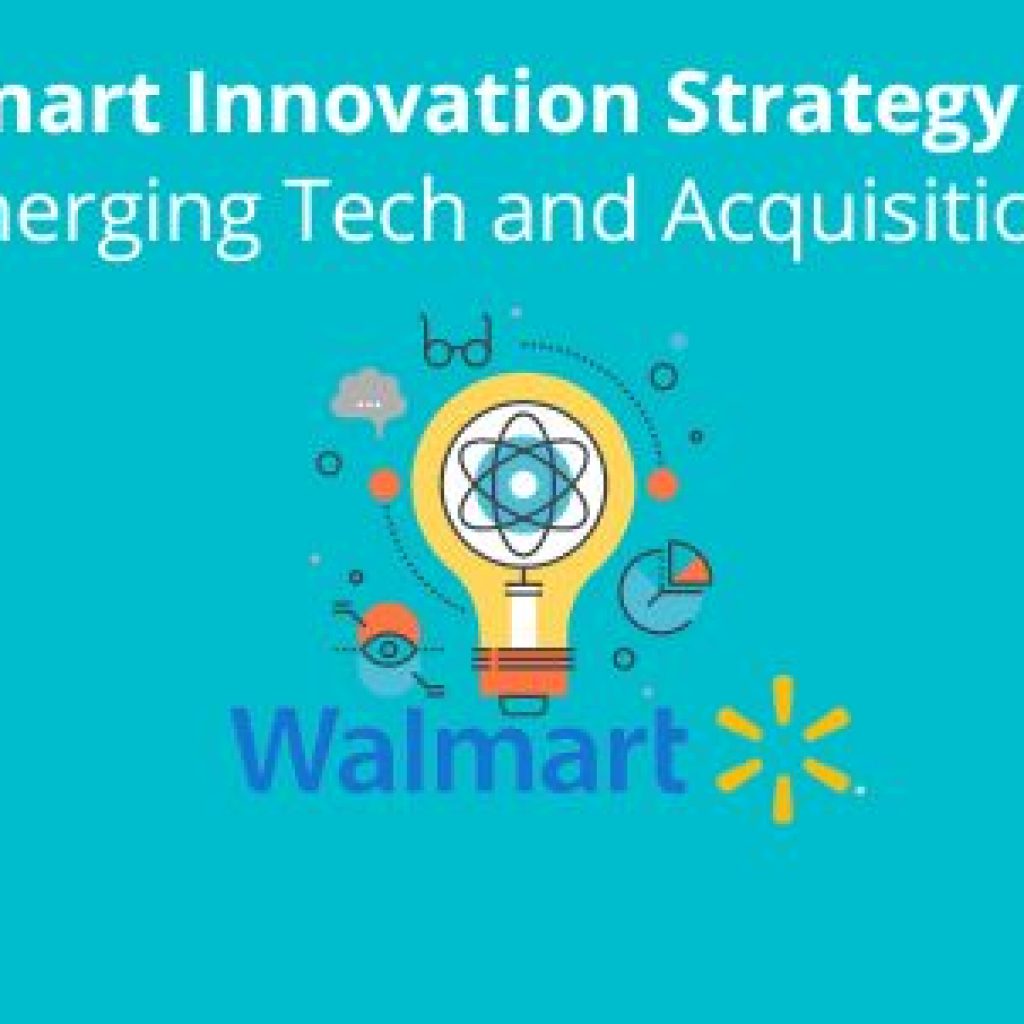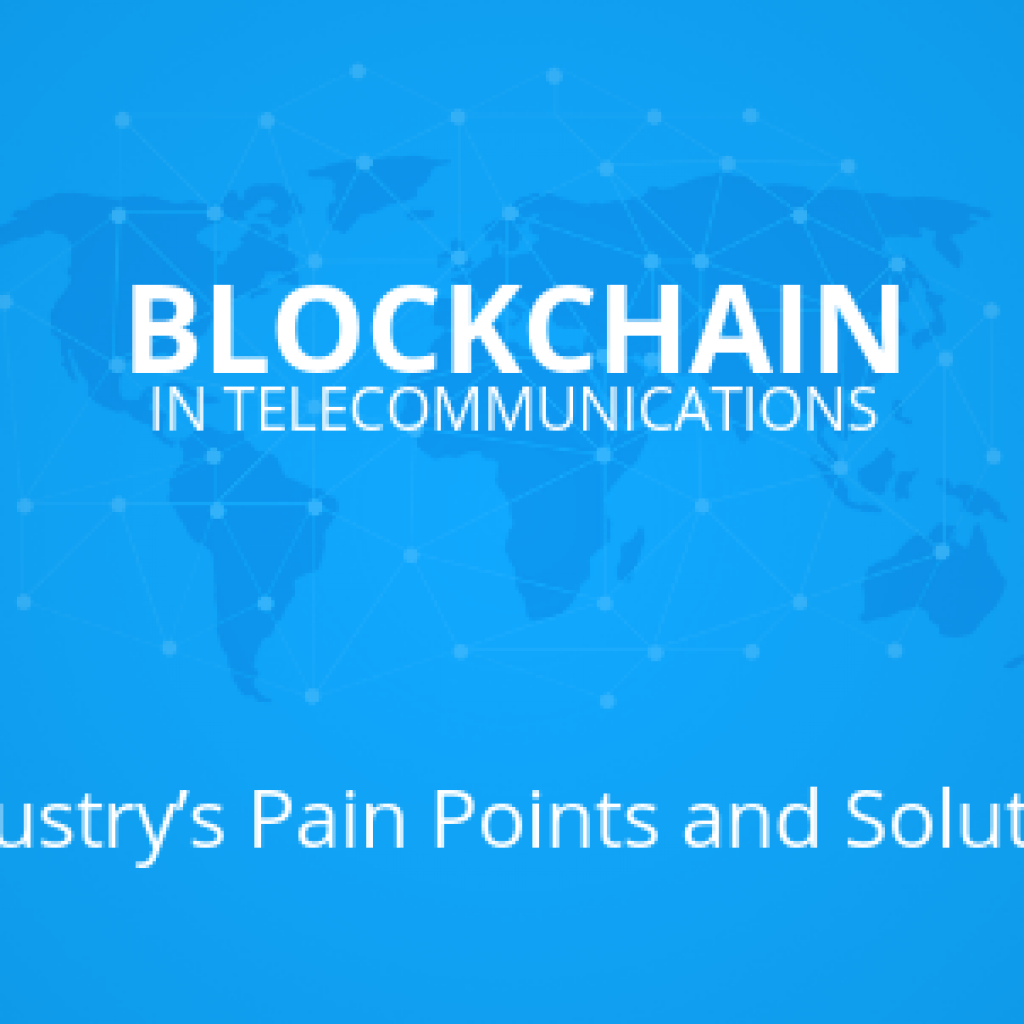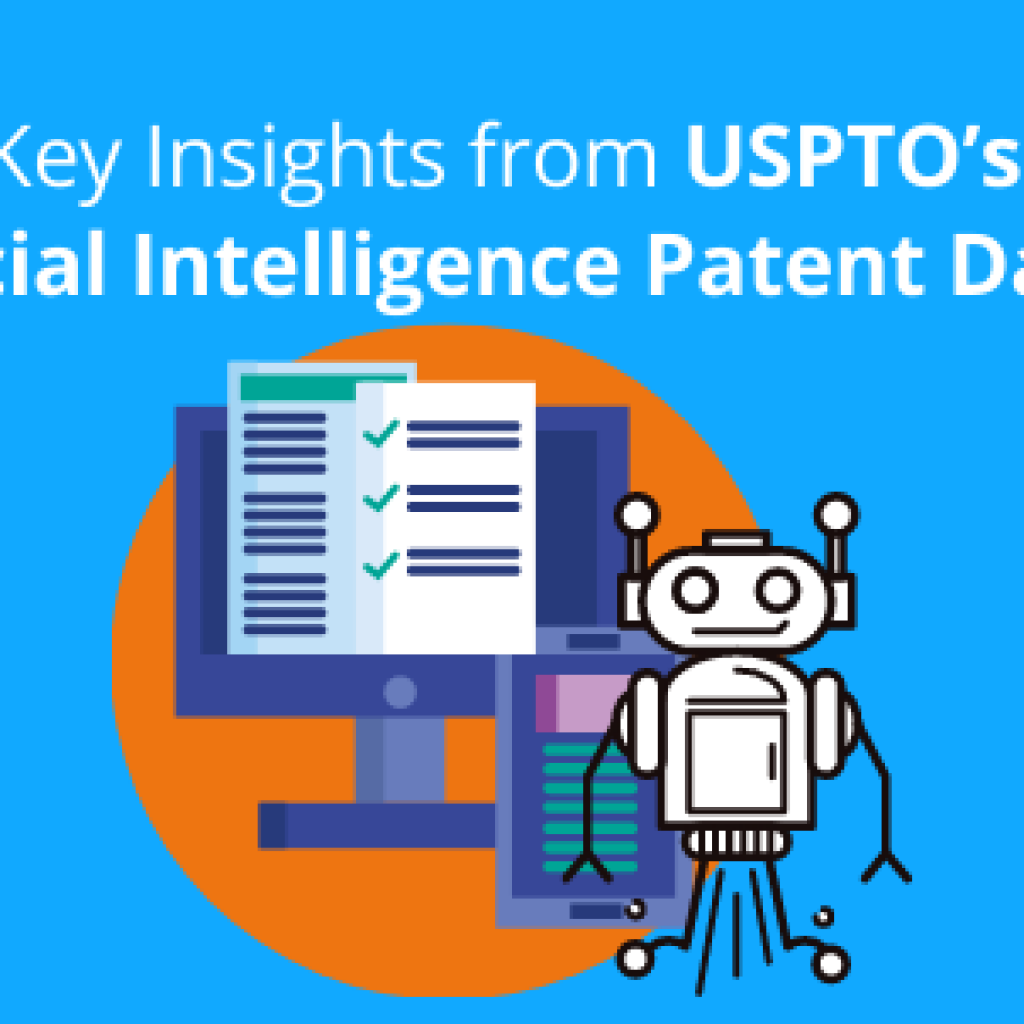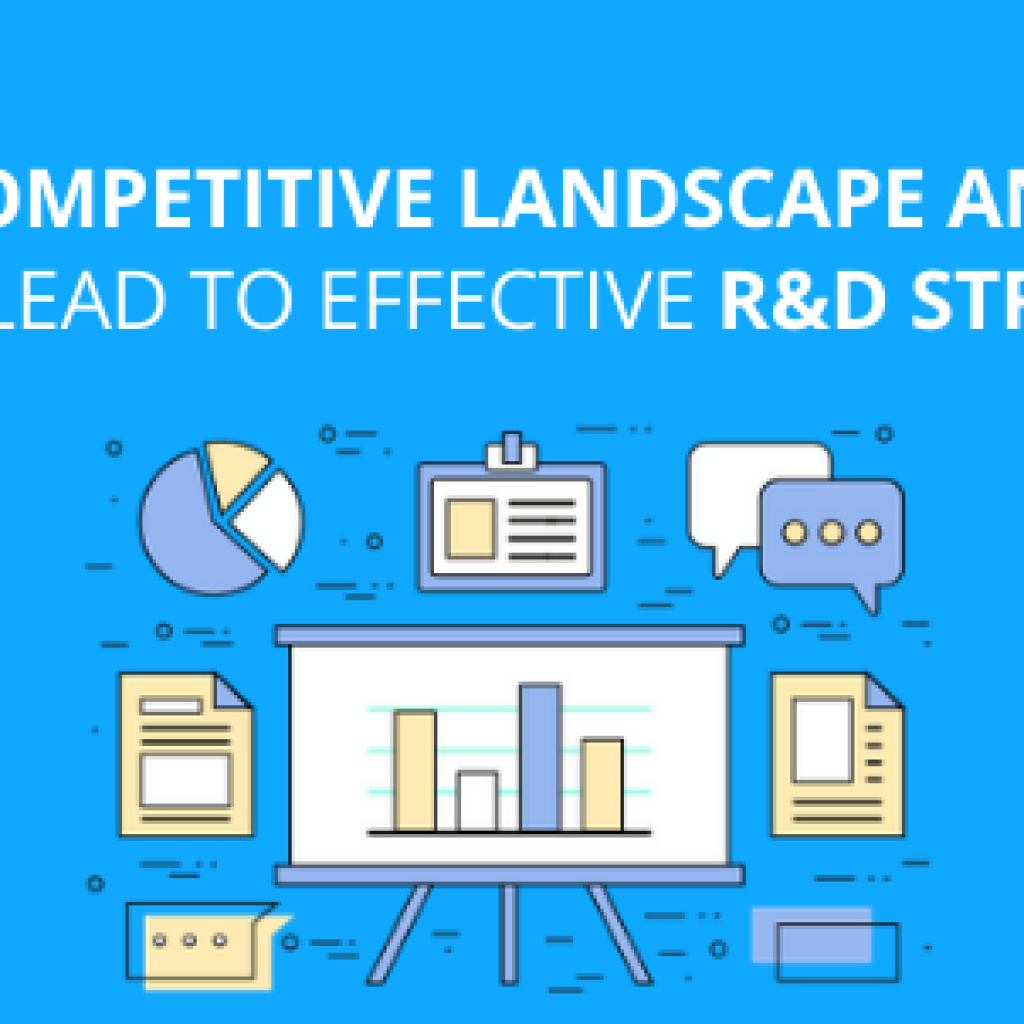According to Statista, the global digital healthcare market is anticipated to reach $275 billion by 2028, presenting significant opportunities, particularly in early diagnosis and reducing errors in medical services.
Despite these advancements, there remains a critical need for continued exploration and innovation. Addressing existing gaps and technical challenges, such as network disruptions or software glitches, requires a deeper examination of these emerging technologies in healthcare.
Recent breakthroughs, exemplified by robotic-assisted surgeries using the da Vinci Surgical System and AI-driven diagnostic tools like PathAI, indicate a future where AI seamlessly integrates into medical workflows, enhancing diagnoses, treatment plans, and patient interactions.
This report sheds light on the digital healthcare trends anticipated in 2025, exploring their driving factors, leading companies, and future outlook.
Get an overview of the trends shaping the digital healthcare industry, summarized from our upcoming exclusive report on the state of digital healthcare in 2025, which you can get by filling out the form below:
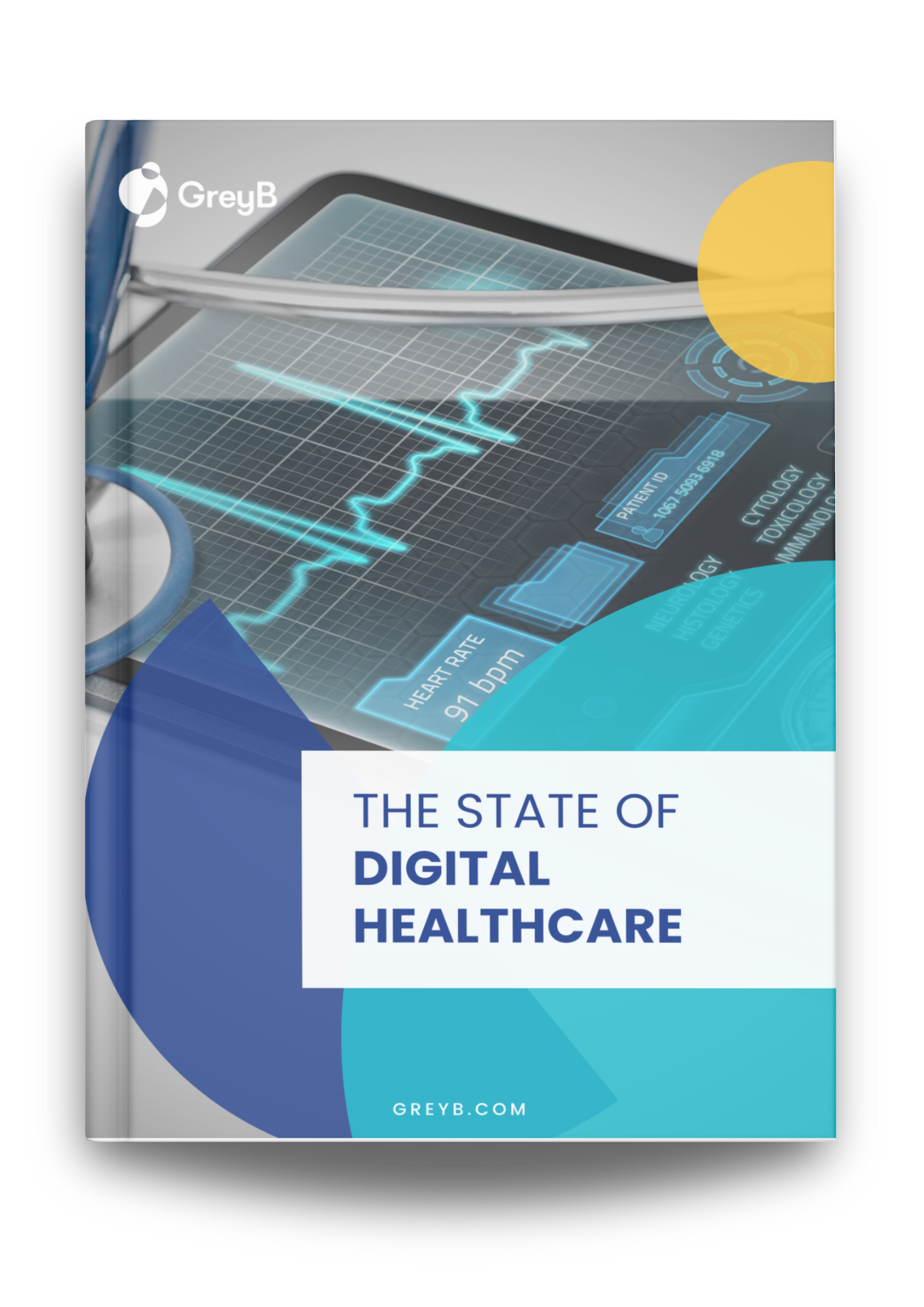
1. Integration of Artificial Intelligence in the Digital Healthcare Industry
AI-based Diagnostic Assistance
With the surge in the availability of digital health data and the exponential growth in computational power through cloud computing, tools such as PathAI are binding AI into the core of medical diagnostics.
Multiple startups, universities, and industry giants like Siemens Healthcare Diagnostics, Fujifilm, and Philips have developed diagnostic support systems for disease diagnosis through image data.
Recent developments in AI-based diagnostic assistance
In 2022, Researchers at Stanford Medicine , including Dr. Gary Peltz and Dr. Zhuoqing Fang, developed an AI program that accelerates the identification of disease-associated genes. This automated pipeline efficiently processes vast genomic data and scientific literature, transforming a process that typically took months into a significantly faster and more streamlined operation. Successful applications include identifying genes linked to diabetes, obesity, and cataracts in mice.
Recent Collaborations in AI-based diagnostic assistance
Enhancing Radiology Operations


Enlitic, a prominent healthcare IT company, has partnered with GE Healthcare to enhance operational efficiency for radiologists worldwide. GE will integrate Enlitic’s AI-based Curie platform into its workflow, promoting data standardization and system efficiency.
The AI-powered data normalization reduces radiologists’ non-diagnostic tasks, streamlining workflows for improved outcomes.
Colonoscopy Tool to aid physicians
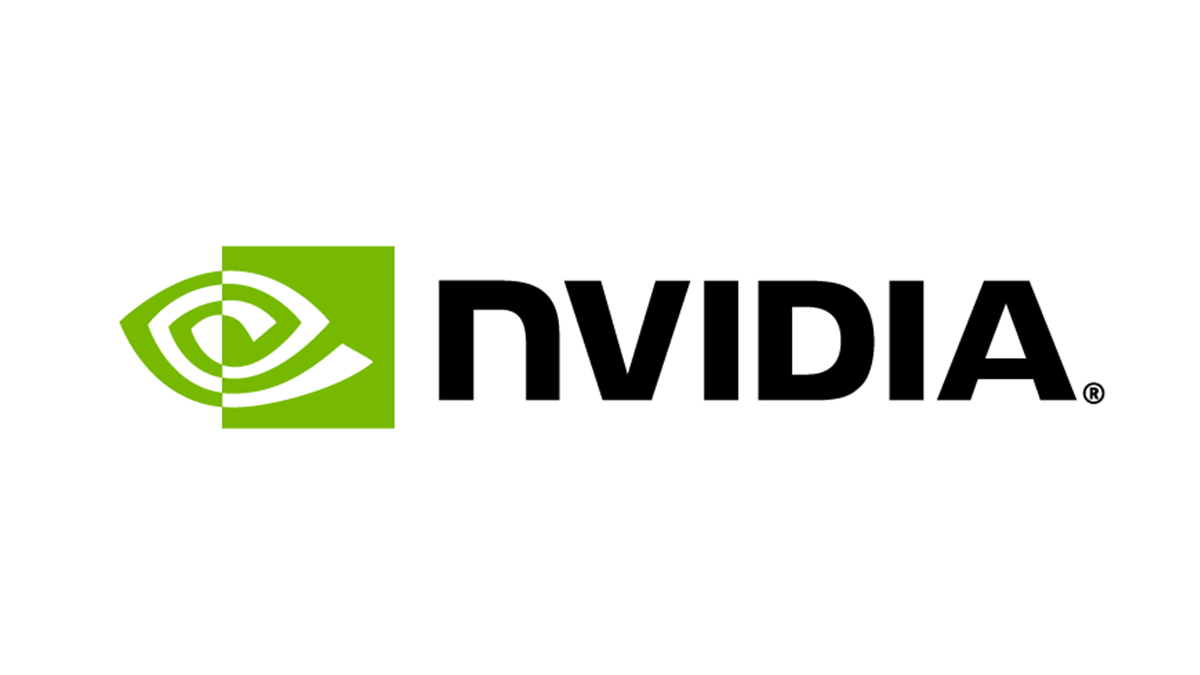

NVIDIA has partnered with Medtronic, a leading healthcare technology provider, to incorporate NVIDIA’s healthcare and edge AI technologies into Medtronic’s GI Genius™ intelligent endoscopy module, developed by Cosmo Pharmaceuticals. Notably, GI Genius is the first FDA-cleared, AI-assisted colonoscopy tool designed to aid physicians in detecting polyps that may lead to colorectal cancer.
Image Analysis Workflow for Pathologists
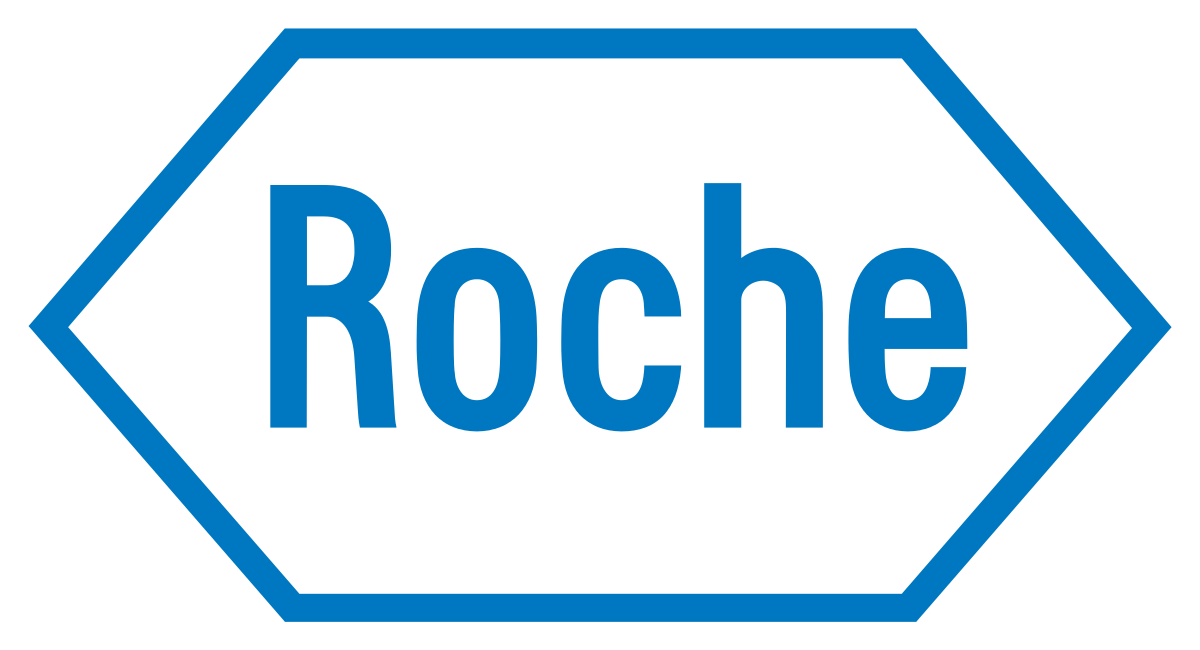
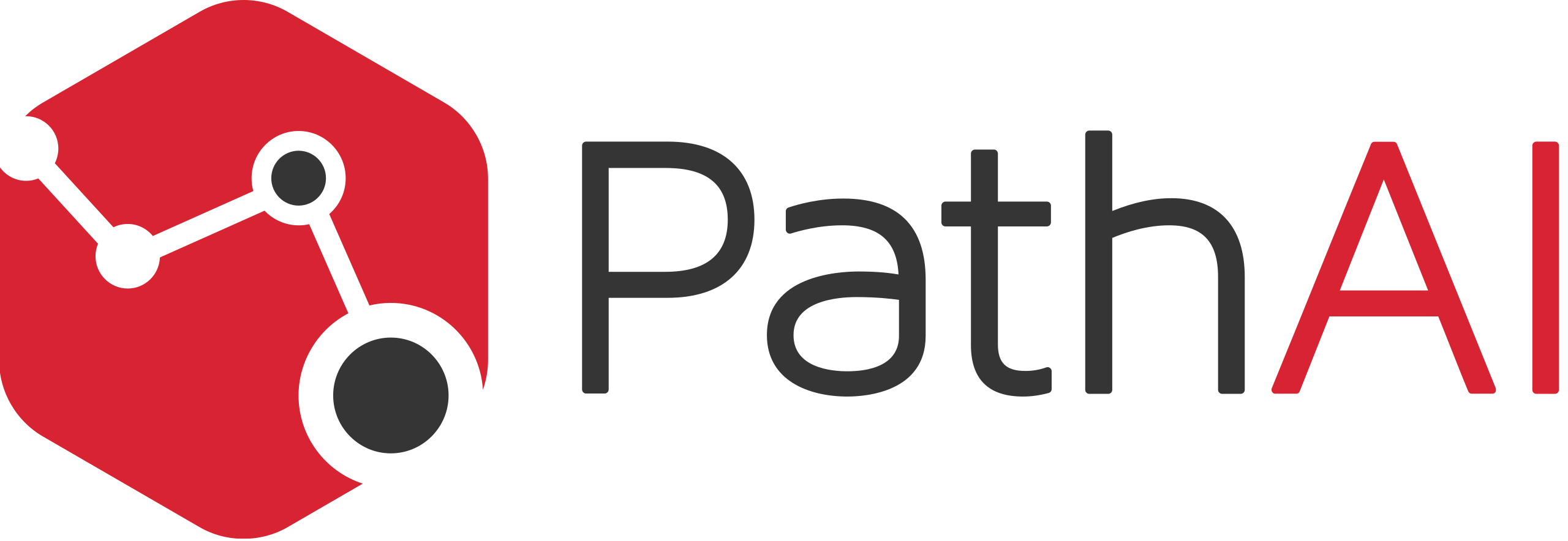
Roche partnered with PathAI, a global AI-powered pathology technology leader to create an embedded image analysis workflow for pathologists.
This integration enables access to PathAI’s image analysis algorithms within NAVIFY Digital Pathology, Roche’s cloud-based uPath enterprise software.
Enhancing cancer diagnosis
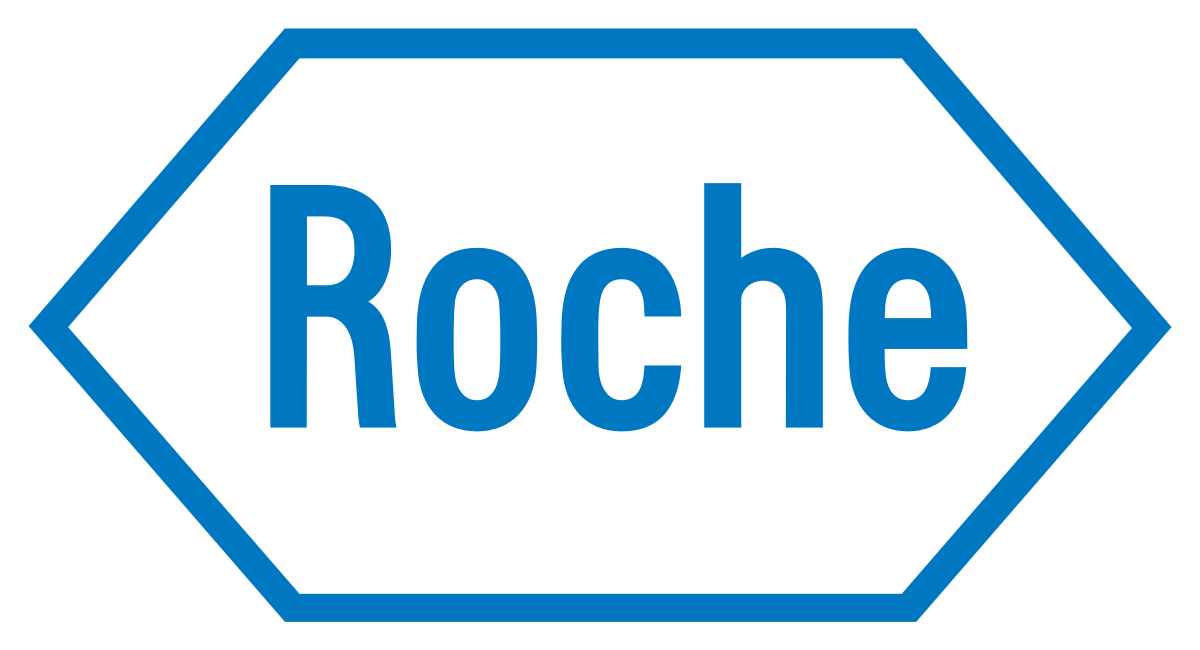

Roche further partnered with Bristol Myers Squibb to advance two assays for clinical trials by developing and deploying innovative digital pathology algorithms.
The collaboration aims to utilize data from both projects to enhance cancer diagnosis and further personalized healthcare treatment options.
Secured integration of administrative tools and clinical insights

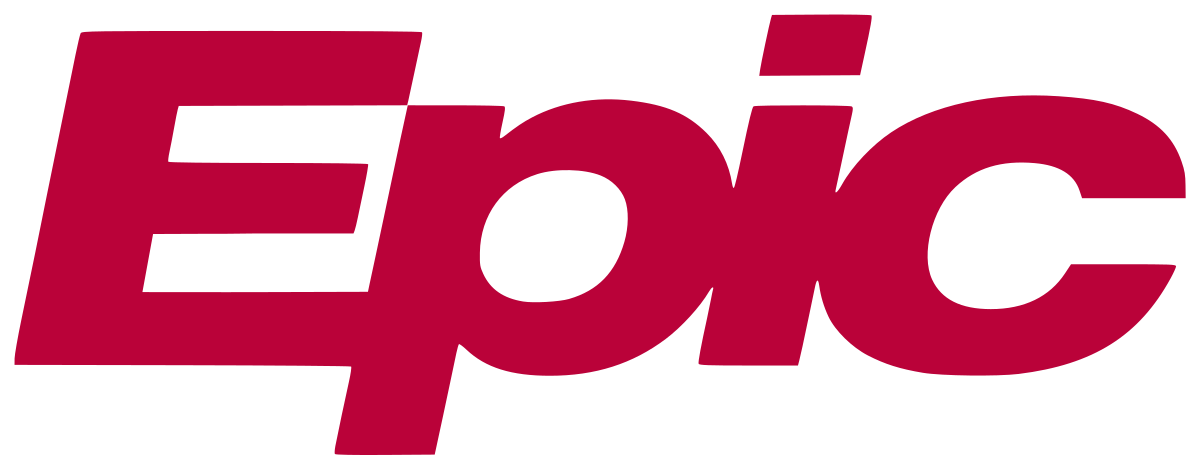
Microsoft and Epic, a medical software development company, collaborated to address clinician challenges, such as cumbersome documentation processes and time-consuming administrative tasks, by integrating AI technologies into the Epic electronic health record (EHR) ecosystem. The expansion aims to accelerate the development of AI-powered solutions, providing secure access to clinical insights and administrative tools within various Epic modules.
The goal is to enhance patient care, improve operational efficiency, elevate healthcare experiences, and bolster the financial integrity of global health systems.
Why is AI-based diagnostic assistance becoming an upcoming trend?
AI-based diagnostic assistance is gaining traction for its rapid analysis of extensive medical data, management of big data in healthcare, and enhancement of diagnostic capabilities. Integration with imaging technologies further aids in interpreting medical images and automating routine tasks, reducing the workload on healthcare professionals and improving overall efficiency in healthcare delivery.
AI-based Disease Treatment and Prediction
As predicted by the Journal of Medicine, healthcare providers face a nationwide shortage of 90,000 physicians by 2025. Simultaneously, they grapple with financial pressures to deliver quality care.
AI is a valuable solution in this challenging landscape, extending its assistance beyond diagnostics and providing personalized treatment recommendations based on factors like genetics, lifestyle, and environment. A prime example is Tempus, which analyzes clinical and molecular data using AI, offering personalized care for cancer patients.
Recommended Read: Top 10 AI Drug Discovery Startups – GreyB
Through analyzing extensive datasets and virtual simulations, AI not only addresses the physician shortage but also opens avenues for innovative approaches to disease management.
Recent developments in AI-based disease treatment and prediction
The 2023’s groundbreaking innovation by Northwestern Medicine surpassed expert pathologists in predicting disease courses, which may save breast cancer patients from unnecessary chemotherapy. Analyzing both cancerous and non-cancerous cells, this AI model showcases the significance of non-cancer components in determining patient outcomes.
The potential reduction in chemotherapy intensity for certain patients represents a significant advancement, minimizing side effects. The study, conducted in collaboration with the American Cancer Society, utilized a unique dataset and is set for prospective evaluation for clinical use.
The researchers aim to develop specific AI models for various breast cancer types, further improving outcome prediction and our understanding of cancer biology.
Recent collaborations in AI-based Disease Treatment and Prediction
Risk assessment of neurological diseases


Nippon Telegraph and Telephone (NTT) has recently collaborated with the National Center for Neurology and Psychiatry to develop Brain Bio-Digital Twin” technology in 2024.
Over the next three years, they will focus on researching the brain and associated diseases. They plan to collaborate with pharmaceutical companies to develop effective medications and establish a system to detect and prevent mental illnesses at an early stage.
Early detection of cardiovascular diseases

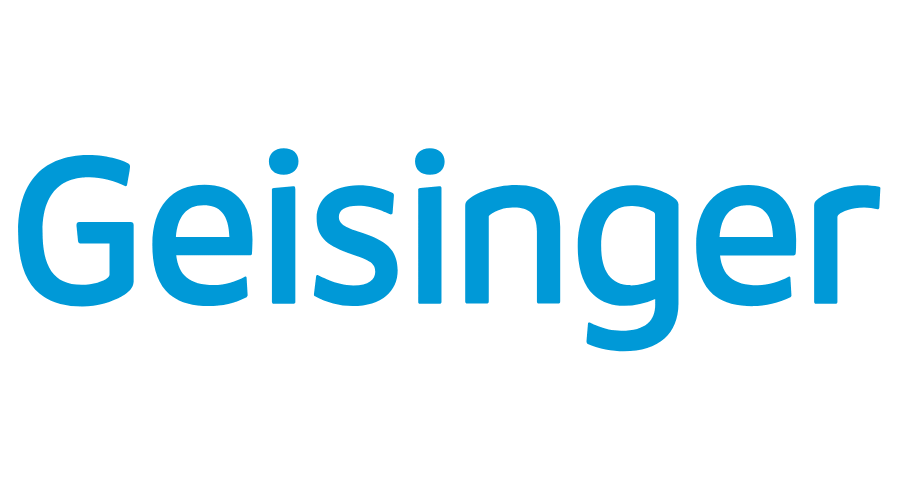
A biotech research firm, Tempus, and US-based healthcare provider, Geisinger, collaborated on a machine learning-based method to assess cardiology disease risk.
A composite model generates individual risk scores for specific conditions by analyzing ECG trace data and clinical information. Combining these yields a composite risk score, which indicates the likelihood of developing specified cardiology diseases within a timeframe.
The system factors in age, gender, vitals, lab results, and comorbidities, prompting additional tests if the risk score surpasses a threshold—improving early detection and treatment.
Why is AI-based Disease Treatment and Prediction becoming an upcoming trend?
Moving forward, AI-driven disease treatment and prediction are on the rise. AI enables tailored treatments, speeds up drug discovery, and improves decision-making tools for healthcare professionals. This integration promises optimized treatment, faster research, and enhanced patient care quality.
2. Incorporating Wearable Devices into Patient Care
Wearable Devices for Abnormality Prediction
The COVID-19 crisis highlighted gaps in our ability to monitor health and continuously detect emerging issues early.
Consequently, the industry’s focus shifted towards developing smart wearables that can predict medical emergencies or disease progression before symptoms manifest. Beyond just tracking fitness stats, these devices analyze vital signs and environmental and activity data to forecast impending abnormalities.
Major healthcare and technology companies like Pfizer, Roche, Medtronic, Fujifilm, Fresenius Medical Care, Huawei, and Samsung have filed patents regarding wearable devices that can predict the onset of disorders before the appearance of symptoms and the side effects of treatment.
Recent Developments in wearable devices for abnormality prediction
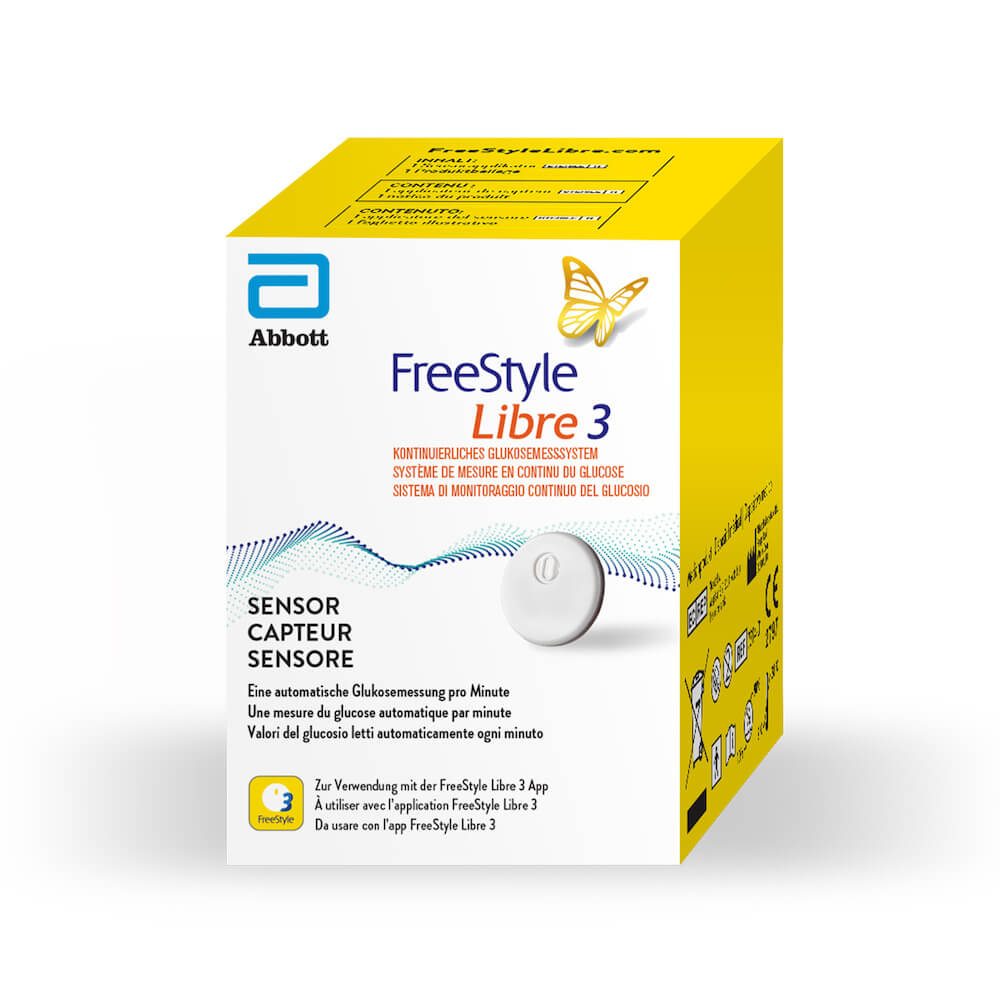
A recent innovation by Abbott, the FDA-cleared FreeStyle Libre 3 glucose monitoring system, features the world’s smallest sensor that offers real-time glucose readings and pro-active monitoring through a handheld reader.
This discreet and user-friendly device facilitates easy diabetes management. Abbott’s emphasis on compact size, affordability, and integration with Medicare reflects the broader trend of wearables becoming integral tools in healthcare.
Recent collaboration in Wearable Devices for Abnormality Prediction
Assisting patients with sleep-related issues


Aculys, dedicated to innovative drugs in neurology and psychiatry, partnered with Four H, a Japan-based health technology company, to explore wearable solutions that assist patients dealing with narcolepsy and excessive daytime sleepiness associated with obstructive sleep apnea syndrome (OSAS).
Why are wearable devices for abnormality prediction becoming an upcoming trend?
The adoption of wearable devices for abnormality prediction will continue to surge. Leveraging activity levels, heart rate, and sleep patterns, these devices provide personalized health insights. By integrating fitness features, they contribute to a vast pool of health data, enriching predictive analytics. Crucially, in chronic disease management, wearables enable continuous monitoring, early detection of abnormalities, and timely adjustments to treatment plans.
Looking for a deeper understanding of the developments in digital healthcare solutions and the companies and startups leading the trend? Get a customized landscape study that provides comprehensive insights into these companies and startups. Talk to our experts now!
How Can We Help You?
We support industry-leading R&D and Innovation professionals through complex problems. Describe your challenge, and let us bring clarity and expertise.
Wearable Devices for Data Monitoring and Treatment
Wearable technologies will transform medical treatment by enabling continuous, real-world data collection on how patients respond to therapies. Rather than relying solely on periodic lab tests or self-reported symptoms, physicians can leverage wearable biosensors and AI analytics for unprecedented insight into the impacts of interventions on each individual.
The global leaders in medical devices and neuromodulation, like Medtronic, Advanced Neuromodulation Systems (ANS), and Zoll, are investing heavily in this personalized medicine approach. For instance, Medtronic offers a smart insulin pump system, MiniMed™ 670G, that communicates with a continuous glucose monitoring wearable to automate insulin delivery.
Recent developments in wearable devices for data monitoring and treatment
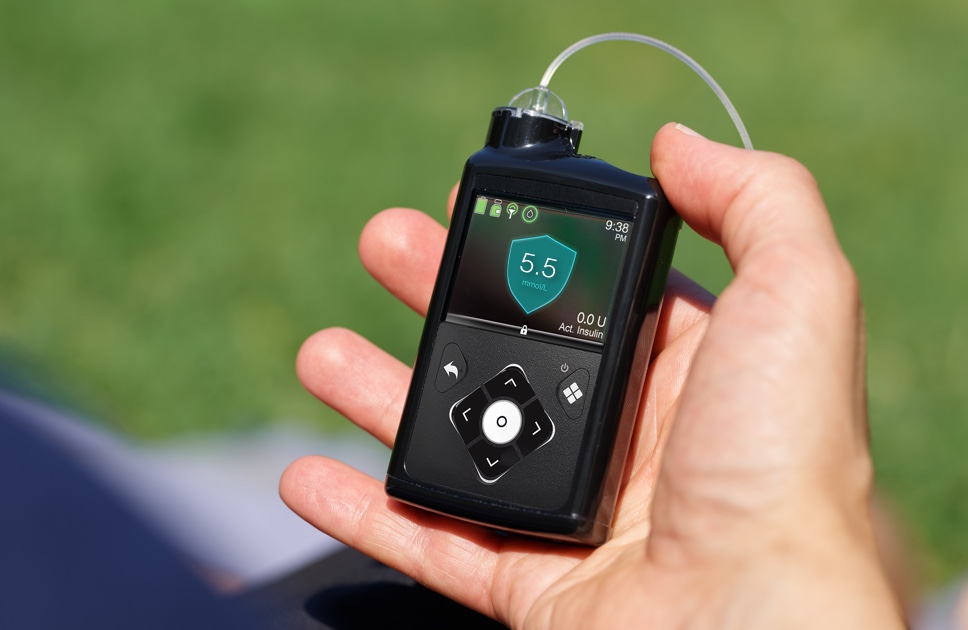
A recent innovation by Medtronic, the FDA-approved MiniMed 780G hybrid closed-loop system, designed for individuals with type 1 diabetes, seamlessly integrates continuous glucose monitoring data from a wearable sensor, delivering automated, personalized insulin doses and eliminating the need for constant finger pricks and manual calculations.
Recent collaborations in wearable devices for data monitoring and treatment
Relaying continuous pulse readings securely


Philips and Masimo are expanding their partnership for advanced patient monitoring in home telehealth, featuring the Masimo W1™ health tracking watch. Integrated with Philips’s patient monitoring system, this innovation highlights their combined expertise in monitoring, connectivity, and automation.
Masimo W1, the pioneer in providing continuous pulse oximetry measurements, relays health data securely to the Philips patient monitoring ecosystem via Masimo’s health data cloud, enabling remote clinician surveillance.
Enhancing patient experience with broader activity capturing
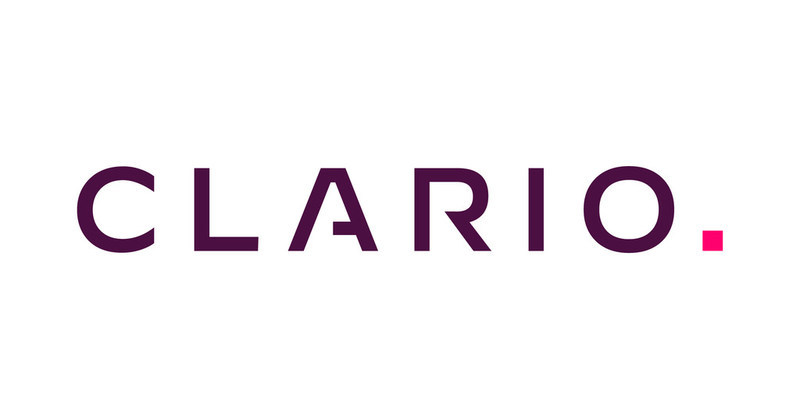
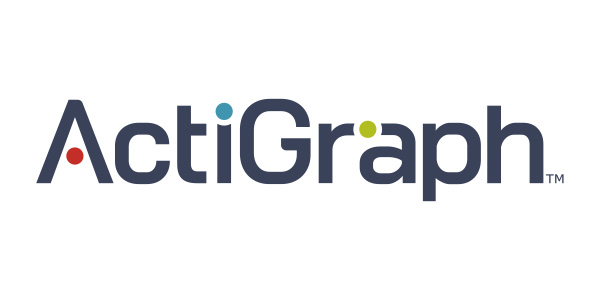
The US-based healthcare company Clario partnered with ActiGraph, a prominent activity-tracking and wearable tech company. This collaboration aims to enhance patient experience and study efficiency by leveraging wearable technology, enabling a broader capture of activity and sleep data.
Through this partnership, Clario will offer ActiGraph technologies to its customers to complement its suite of eCOA, Precision Motion, Cardiac Safety, Respiratory, Medical Imaging, and Trial Enablement solutions.
Japanese Firms collaborate to drive drug discovery
Tohoku University’s Medical Megabank launched a pioneering project in partnership with Daiichi Sankyo, Takeda, and MICIN. They equipped 2,000 participants with wearable tracking devices, gathering a year’s worth of detailed lifestyle data. This collaboration seeks to inform the development of new drugs through comprehensive, objective, long-term lifestyle insights.
Elevating Digital Health through Open Innovation
Samsung Electronics collaborated with healthcare institutions, including Brigham & Women’s Hospital and Tulane University School of Medicine, for an open innovation initiative. Launched at the Samsung Developer Conference 2023, the initiative explores using smartwatches and algorithms in healthcare, aiming to enhance technology for individual well-being and support the healthcare industry.
Author’s note – Find more future trends in wearable health monitoring here.
Why are wearable devices becoming an upcoming trend for data monitoring and treatment?
Wearable devices are gaining popularity in healthcare due to their real-time monitoring capabilities. They provide continuous data, enabling early detection of abnormalities and aligning with the trend toward preventive healthcare. Wearables are valuable for remote patient monitoring, especially for chronic conditions.
The surge in popularity is attributed to their ability to generate extensive datasets, analyze them with advanced analytics like artificial intelligence, enhance predictive capabilities, and transform healthcare.
3. Restoration of Normal Function with Regenerative Medicines
According to a recent study, the global regenerative medicine market is expected to reach USD 174.72 billion by 2032, contributing 18.58% to the total revenue of digital healthcare. This rapidly advancing field includes techniques such as stem cell therapy, tissue engineering, gene therapy, immunotherapy, and the use of biomaterials and biologics.
By leveraging the body’s restorative processes, regenerative medicine presents a promising avenue for developing novel therapies that can restore normal function and improve the quality of life for patients.
Recent developments in regenerative medicine
In December 2023, Oracle Health collaborated with RegeneratOR’s Innovation Accelerator within the Regenerative Medicine Hub (RegenMed Hub) in Winston-Salem.
This joint venture aimed to propel the field of regenerative medicine forward, utilizing Oracle Health’s expertise in clinical, data management, and AI technologies.
Led by WFIRM, Innovation Quarter, and ReMDO, the collaborative initiative strives to enhance patient care by providing companies, such as Oracle Health, with comprehensive resources for education, product development, and manufacturing.
Regenerative medicine holds tremendous promise in helping solve some of the most complex medical issues of our time and giving hope to patients dealing with organ failure and other related medical complications,” said Rebecca Laborde, vice president of clinical health innovation at Oracle.
Recent collaborations in regenerative medicine
Advancing gene and cell therapy

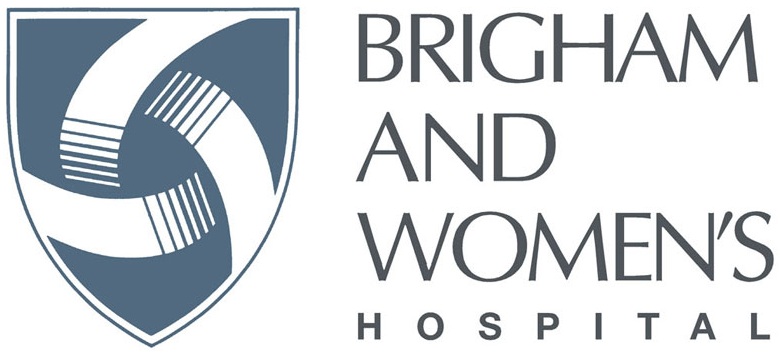
In July 2023, Hitachi Ltd collaborated with Brigham and Women’s Hospital to advance gene and cell therapy (GCT). Combining Hitachi’s tech prowess with Mass General Brigham, the partnership accelerates disease model development, expanding GCT applications for diverse medical conditions.
Advancing the manufacturing process
The U.S.-based non-profit Regenerative Medicine Development Organization (ReMDO) and SAS, a U.S.-based analytics company, unite to enhance advanced manufacturing in regenerative medicine.
SAS brings IoT analytics and smart manufacturing expertise to ReMDO’s RegeneratOR Test Bed, a cutting-edge ‘manufacturing-in-a-box’ facility fostering innovative prototyping and commercial product development.
Accelerating the development of transformational therapies
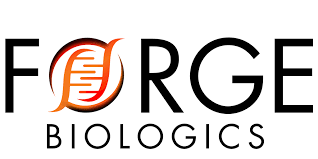

Forge Biologics, a biotech company based in the United States, has collaborated with Labcorp, a global life science and healthcare company.
This collaboration merges Forge’s comprehensive AAV manufacturing services with Labcorp’s profound scientific and drug development expertise, creating a seamlessly integrated CRO-CDMO experience. Together, they aim to support the advancement of genetic medicines.
Why is regenerative medicine becoming an upcoming trend?
Regenerative medicine is gaining popularity as it employs the body’s natural healing mechanisms, provides breakthrough treatments for degenerative diseases, and offers long-term solutions instead of just managing symptoms. Incorporating gene editing to address genetic disorders adds to its appeal, making it a prominent trend in the medical field.
Future Outlook
Artificial intelligence promises to enhance diagnostics, enable personalized treatments, and predict outcomes. Meanwhile, wearable devices facilitate round-the-clock monitoring, and regenerative therapies offer revolutionary solutions for degenerative diseases.
However, realizing the full potential of these advances requires addressing existing limitations around data quality, algorithmic biases, connectivity gaps, and accessibility barriers. Success lies in an interdisciplinary approach, combining clinical expertise with engineering and computer science.
Looking forward, these advances will reshape healthcare delivery with personalized solutions, steadily enhancing treatment success rates year by year.
Deep dive into these transformative healthcare technologies. Fill out the form below to access our 2025 Digital Healthcare Trend Report.





